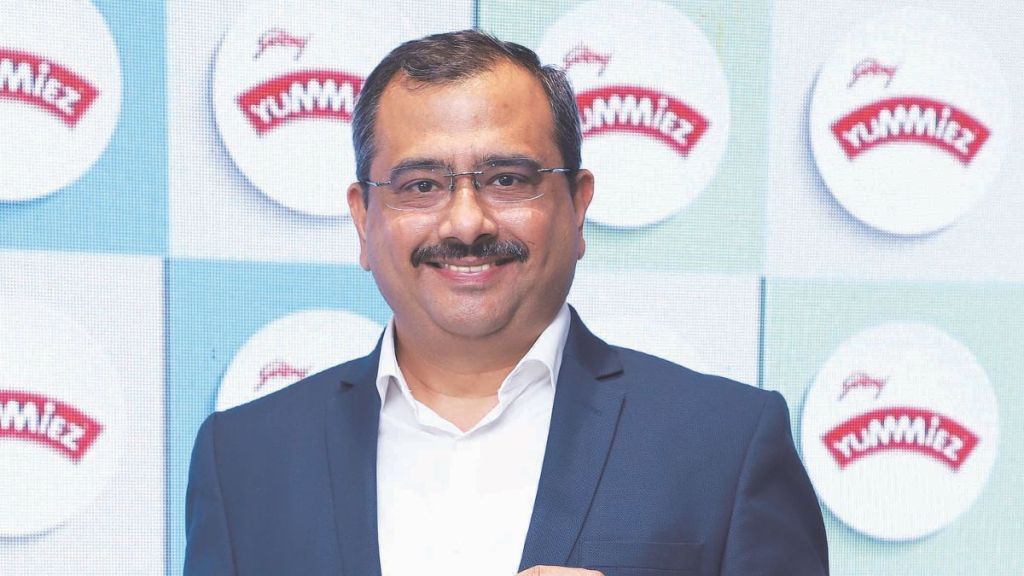With an eye on becoming a Rs 200-crore brand in FY23, Godrej Tyson’s Yummiez has had three back-to-back frozen snack launches this year. Abhay Parnerkar, CEO, Godrej Tyson Foods, who took over the role in July 2022, speaks to Geetika Srivastava about the company’s expansion plans and challenges. Edited excerpts:
What is the growth potential of vegetarian snacking products in India?
We started off with a non-vegetarian line of products. However, we realised, after interacting with many consumers, that about two-thirds of the snacking category in India consists of vegetarian products, especially those that are potato-based. Therefore, we consciously increased the number of such products in our portfolio and introduced a state-of-the-art facility in Ludhiana in 2018, which gave us a lot of traction. Crispy Potato Starz is the third in our line of such special products. A major advantage that vegetarian snacks give us is affordability. Price points are lower compared to chicken-based products. This allows us to penetrate more homes. We’ve noticed that demand is growing at a faster pace for vegetarian products.
How have your non-vegetarian range of snack foods performed?
Godrej Yummiez is the market leader in the non-vegetarian segment, according to Nielsen. We sell non-vegetarian products more, with the segment contributing 55% to our sales versus 45% from vegetarian.
How has the pandemic changed consumer buying behaviour?
In some ways, the pandemic was a breakout period for frozen snacks, especially for our business. Accessibility was a big factor behind our success. We also rode on the growth in the e-commerce space, which developed cold-chain facilities well. There were months during the lockdown when we grew more than 60-70% by volume, especially when modern trade was shut. Because of that traction, we will now be crossing more than `200 crore in retail sales.
But restaurants are brimming again. As a result, we are reestablishing our presence in the general trade channel, working on infrastructure expansion by providing freezers and coolers to the right stores, and expanding to neighbourhood shops. Mom and pop stores have given us a boost. Fortunately, we did not see a decline after the boom during Covid. Our brand will grow close to 30% as we end the financial year.
You have spoken about expansion in tier-II and tier-III cities. How receptive are consumers?
Vegetarian products have allowed us to access price points that were not possible with our non-vegetarian range. Our crispy potatoes are affordable at `125, which is in the vicinity of `100 — an attractive price for a hygienic and legacy brand like Godrej. That is one part of our strategy, which is to launch products, variants, and sizes in affordable ranges, priced between `120 and `160. Second, we plan to expand distribution in cities that we are present in. Frozen products have a footprint in largely metro and tier-I cities. We are focusing on the cities that we are present in and expanding to other cities where we have limited presence or where we are not present, such as Mangalore, Udaipur or Varanasi.
Finally, as chains like D-Mart and Reliance expand their footprint to different areas, we get to expand with them.
How are consumer choices different across regions?
We have created an acronym with five core drivers of consumer trends, called ‘STTEM’. This stands for safety in a post-Covid world, technology such as preservative-free products, taste, ease of preparation, and mood-uplifting foods. While some trends are pan-Indian, there are regional variations. For instance, non-vegetarian foods are more accepted in the east and south, and cold cuts are popular in the east and northeast.
As you pointed out, food preferences in India are driven by regional traditions. Given that, how easy or difficult is it to build a national brand in this category?
We are using products that are universally accepted, like chicken nuggets. They may have some regional variants, like cheese-based ones are preferred in the north, but most products, such as those made with potatoes, have a national appeal.
How are you dealing with the challenge of rising health consciousness among consumers?
We don’t think of health consciousness as a challenge but as an opportunity. First, it includes wanting to consume items that are safe, and we deliver as a legacy brand with a reputation of maintaining hygiene. Second, given our technology, we don’t add any preservatives to our products, which is one of the biggest concerns among consumers. These are the reasons why we are seeing growth. A challenge for us is to drive penetration in the category, given the existing cold chain infrastructure. We have to expand our footprint.
Interview: Abhay Parnerkar, CEO, Godrej Tyson Foods
‘Growing health consciousness is an opportunity, not a challenge’
Written by Geetika Srivastava

Also Read
McDonald’s India – North and East ropes Kartik Aaryan as face of brand
This article was first uploaded on December fourteen, twenty twenty-two, at thirty minutes past eight in the morning.

